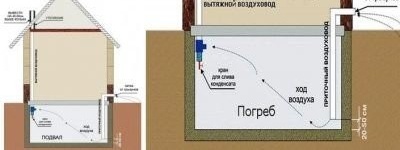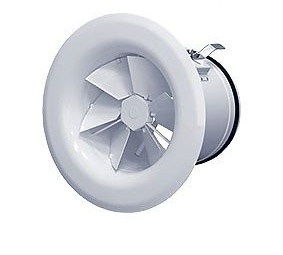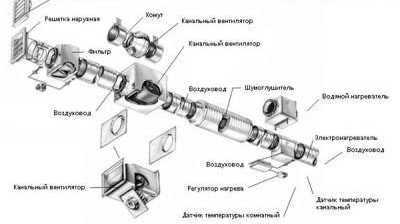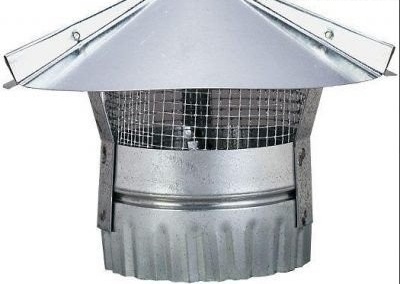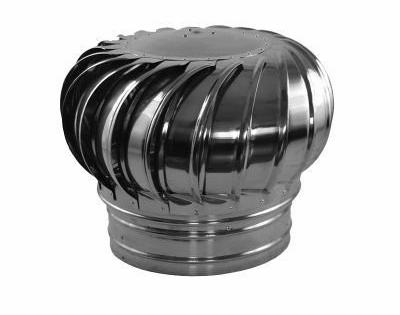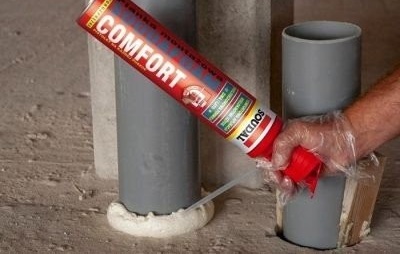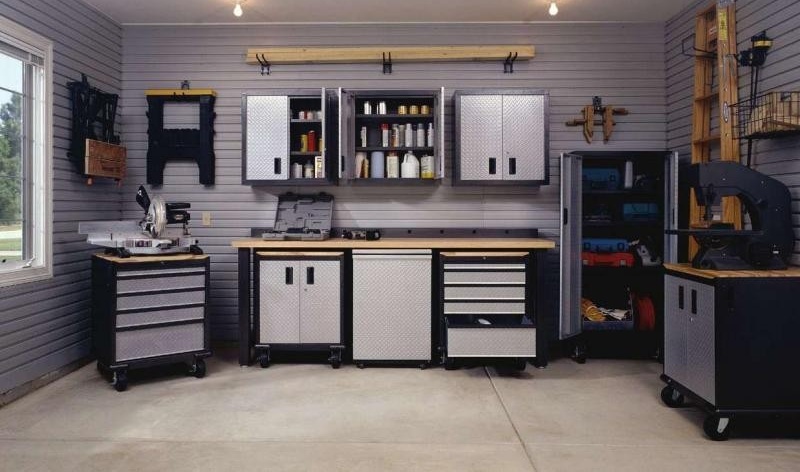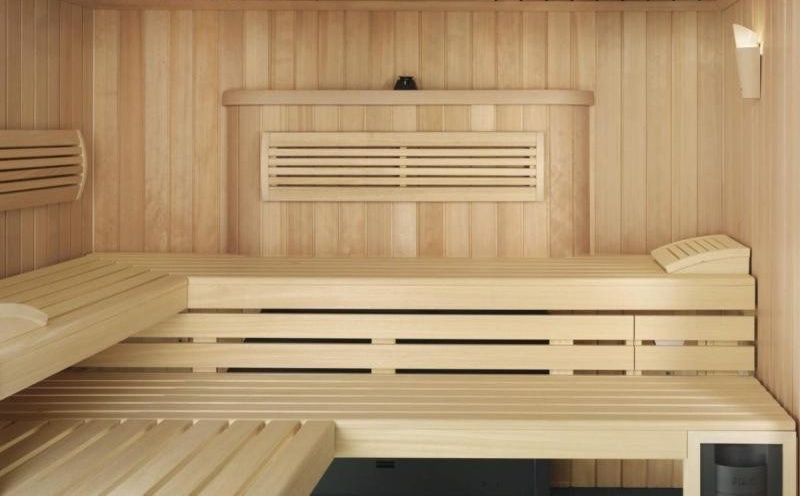How to make ventilation in the cellar with your own hands
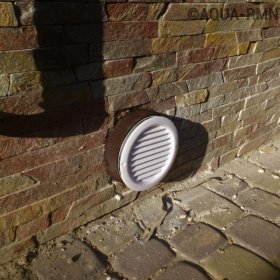
Long-term storage in the cellar of vegetables, fruits and other food products, as well as preparations is possible only with the organization of the right microclimate. To make a quality replacement of air in the cellar, you need knowledge of the principles of operation of the ventilation system.
Content
The need for cellar ventilation
Lack of good cellar ventilation fraught with the appearance of condensation and fungal plaque. The air in such a room is stagnant, the smell is unpleasant.
Vegetables quickly rot in an unventilated storage area, which releases methane and carbon dioxide, which are hazardous to life and health.
Even a slight accumulation of these substances can cause loss of consciousness and poisoning in the cellar inside, and in severe cases a fatal outcome is possible. In addition, methane is a flammable gas that explodes at the slightest contact with open flame.
Due to poor ventilation of the basement, not only food is spoiled. In such conditions, structures and objects made of metal quickly rust, and shelving and boxes made of wood are affected by a fungus and destroyed.
The principle of operation and ventilation in the cellar
The principle of ventilation in the cellar is based on the natural or forced movement of cold and warm air currents. It is known that heated air is directed upward, while cold air remains below. The ventilation of cellars and cellars works on the same principle. The diagram shows the functioning of such a system.
Good ventilation is needed not only in the basement under the house, but in the garage. How to do it correctly, read the following material:https://aquatech.tomathouse.com/en/ventilyaciya/ventilyatsiya-v-pogrebe-garazha.html.
The construction of high-quality ventilation in the cellar implies compliance with the following rules:
- the diameters of the exhaust and supply ducts should be the same. This will ensure uniform transportation of air flows. A larger diameter is permissible only for exhaust pipes. In this case, the air will be removed from the cellar faster. The diameter of the exhaust pipe is smaller than the supply pipe, it is unacceptable, since air will be delayed in the room. Such conditions will create an unfavorable microclimate for products and a danger to human life;
- ventilation pipes cannot be installed side by side, as in this case air circulation is not ensured throughout the cellar.Therefore, pipes are recommended to be installed at opposite walls or corners. So stagnant air will be pushed out by streams and go outside;
- the underside of the exhaust pipe is mounted as close to the ceiling level as possible. An ideal option would be a hole to the outside of which a pipe is fixed. In this case, high-quality air exhaust and the absence of condensation on the walls and ceiling are guaranteed;
- good draft of the ventilation pipe is ensured by size (it is recommended to make at least 150 cm in length). The pipe should rise above the ridge of the roof or in bulk. In cellar ventilation systems, plastic sewer pipes are used. The diameter of such pipes is sufficient to ventilate small rooms;
- as a ventilation shaft use the entrance hatch if the cellar is located under the garage or outbuildings. In this case, the hatch is made in the form of a frame with a grill, which will serve as a barrier to rodents;
- irrespective of the location of the cellar, the supply and exhaust pipes must be as straight as possible. Bends and turns of pipes reduce traction, condensate accumulates in these places;
- pipes in the ventilation system should have the same diameter along the entire length. Expansion or contraction of air channels is unacceptable;
- if the supply pipe is located not high above the ground, then the hole must be equipped with a net or grille from the penetration of insects, small rodents and debris;
- it is recommended to equip the supply and exhaust pipes with special dampers that regulate the movement of air masses. This is especially convenient in the winter, when you need to limit the flow of cold air and delay the removal of warm flow. Thus, the required microclimate is created;
- a metal umbrella or deflector is installed on the upper ends of the pipes. This will prevent rain and debris from entering the cellar;
- parts of pipes that are located on the street are insulated. If this is not done, condensation will form in these parts of the system during the cold season.
Types of ventilation in the cellar
To create a microclimate and airing in the cellar, two main ventilation systems are used - natural and forced.
The choice of this or that type of ventilation of the room depends on its volume and planning features.
Natural ventilation
It is the ventilation of the cellar as a result of the difference in pressure and air temperature inside and outside the room. The effectiveness of such a system directly depends on a competent choice of location and installation of ventilation pipes. The height from the lower end of the supply pipe to the floor should be within 25-50 cm, and the distance from the lower edge of the exhaust channel to the ceiling surface cannot exceed 20 cm.
This system loses its effectiveness when installed in a large cellar or in a room with several rooms. The natural ventilation system does not provide sufficient air circulation in such rooms.
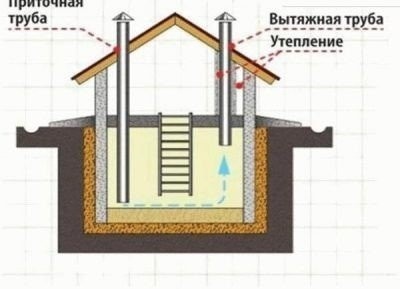
Ventilation efficiency depends on the correct location and installation of the supply and exhaust pipes
The draft in the natural ventilation channel depends on three factors:
- post height. The higher the natural ventilation channel, the stronger the draft;
- air density difference. Density of air changes under the influence of temperatures. For example, in the cellar - +10 ° C, and on the street - 30 ° C, in this case the traction will be maximum. In the summer, when the temperature difference in the cellar and on the street is minimal, there is no draft. Under these conditions, the exhaust ventilation channel will work in the opposite direction - to the air flow;
- the pipe should be blown from all sides, so its height is planned no lower than the roof ridge. Air entering the upper part of the supply pipe forms vortices that contribute to good traction.
Video: DIY natural cellar ventilation
In our next article you will learn all the details about installing a natural ventilation system in a private house:https://aquatech.tomathouse.com/en/ventilyaciya/estestvennaya-ventilyatsiya-v-chastnom-dome.html.
Forced ventilation
This type of ventilation also involves the installation of supply and exhaust pipes, but, unlike the natural system, air moves under the influence of coolers and electric hoods.
The forced system allows the installation of supply and exhaust pipes in a horizontal position. A well-organized forced exhaust system involves the use of a diffuser with a rotary function.
Installing fans of high power is impractical, because in the summer, a powerful exhaust hood will provide quick circulation of warm flows. As a result, the air in the cellar will not cool, which makes the microclimate for food products unfavorable.
It is recommended that you turn the hood on and off periodically to control the temperature inside the cellar.
There are automatic and mechanical types of forced ventilation system of the cellar according to the control method:
- option with automatic ventilation is a programmable design that works autonomously, without human intervention. Such systems are equipped with special sensors and indicators capable of independently determining the on and off time of coolers, the degree of humidity and purity of air;
- mechanical type of ventilation implies manual control and control of all system modes. The owner of such a system will have to monitor the degree of air purification by monitoring the operation of the electric fan, as well as personally close and open the slide gates of the air supply.
Video: basement ventilation
You may also find useful material on the calculation and arrangement of the supply ventilation system in the house:https://aquatech.tomathouse.com/en/ventilyaciya/pritochnaya-ventilyatsiya-v-chastnom-dome.html.
Calculation of ventilation by the diameter of the channel and the volume of the room
The efficiency of the ventilation system in the cellar depends on the ability to pass enough air. Of decisive importance for this is the correctly selected diameter of the ducts. To achieve perfect ventilation of the cellar, it is necessary to calculate the ventilation ducts in accordance with the volume of the room. For this, the help of specialists is not needed, it is really possible to do this yourself by applying several formulas.
- First of all, the volume of the underground storage room is calculated. The recommended number of air updates in the cellar in one hour is 2–4 times. Depending on the type of product, the number of air updates can be changed, but for general calculations, an average value of three is used. To calculate the volume of the cellar, use the formula: V = h3where h is the length, width and height of the room. As an example, we used a cellar with parameters 2 × 4 × 2.5 m. Applying the formula, we multiply these parameters: 2 × 4 × 2.5 = 20 m³.
- To determine the amount of air that will be updated in one hour in the indicated cellar, its volume is multiplied by the recommended value, which is three: 20 × 3 = 60 m³.
- Now we calculate the cross-sectional area of the ducts. To do this, you need the formula: F = L / (S × 3600), where S is the average value of the speed of air flow equal to 1 m / s, L is the volume of air passage in one hour. We substitute the values: F = 60 / (1 m / s × 3600) = 0.0166 m².
- For effective air exchange, we calculate the radius of the circular pipe according to the following formula: R = √ (F: π), where R is the radius of the duct pipe, F is the cross section, π is the mathematical constant that determines the ratio of the circumference of a circle to the length of its diameter, equal to 3.14 .We substitute the values: √ (0.0166: 3.14) = 0.072 m².
DIY ventilation installation in the cellar
To install ventilation in the cellar, you will need the following materials:
- asbestos-cement pipes with a diameter of 110 to 160 mm (you can use plastic pipes for sewage);
- a layer of insulation (you can use various options for insulation, but the most effective is mineral wool);
- insulation coating (suitable foil for insulation of heating systems);
- special fasteners for pipes;
- protective elements for ventilation systems - plugs, nets, umbrellas;
- polyurethane foam;
- bitumen mastic or bitumen-based sealant.
Before making markings for drilling holes in the ceiling or wall, it is necessary to determine the best place for air ducts. The entry and exit points of the air flow should be located at a distance from each other, at the opposite walls of the basement. Such placement of pipes will provide effective air circulation throughout the room.
Installation of supply and exhaust system
To install the pipes, you will need to make holes in the ceiling of the cellar. Use a perforated drill with a core drill for work with concrete surfaces so that the holes are perfectly round in shape with even edges.
The process of installing a chimney involves the following steps:
- An exhaust pipe is passed through a prepared hole in the ceiling. When installing it is convenient to use a special branch.
- The outlet is inserted into the hole, the cracks are filled with foam and covered with bitumen sealant.
- When the part is fixed, a pipe is inserted into the branch.
- For additional fixation of the pipe, it is better to use special clamps that are attached to the walls or ceiling, and the rings hold the ventilation duct. The thrust in the pipe will increase if it is mounted next to the furnace or smoke channel.
- The upper end of the pipe is equipped with an umbrella from rainfall and a mesh from debris.
- A special flap is inserted into the bottom end, with which it is convenient to adjust the traction.
- If necessary, install exhaust electrical equipment. It is mounted to the lower end of the exhaust pipe or to its center.
- An alternative to the installation of electrical equipment is the installation of deflectors. These devices, due to their design, facilitate the forced movement of air currents. They are installed on top of the exhaust pipe. Deflectors replace caps. These devices are equipped with blades, which, using the force of the wind, create additional traction in the pipe.
Installation of the supply pipe is as follows:
- On the opposite side of the room install a supply pipe. For this, a tap is inserted into the prepared hole.
- Fix it with sealant and mounting foam.
- Insert the supply pipe. Its lower end should not be higher than 50 cm from the floor.
Installed pipes are by no means the end of installation work. Be sure to check for traction. To do this, you can use a candle or ordinary matches. It is enough to bring the flame to the hole of the pipe, and it will indicate the presence of air flow. If the flame leans toward the hole in the pipe, then the ventilation is all right. If the flame goes out, this is a sign of insufficient air exchange in the system. Trembling flame indicates improperly designed ventilation or clogging of its channels.
To correct detected system defects, adjust the height of the exhaust pipe and reduce the length of the supply duct. If this method does not solve the problem, then increase the diameter of the pipes.
Quite often there is the problem of dampness in the cellar with normal air exchange. This can be fixed if a bucket of slaked lime is left on the cellar floor, which absorbs excess moisture from the air.
The device and installation of ventilation for the caisson
Cellars for the cellar are a one-piece construction made of metal, reinforced concrete or plastic in the form of a cube, cylinder or parallelepiped, equipped with a hatch. The ventilation system for the cellar caisson is made on the same principle as in conventional underground storage.
In the manufacture of caissons, exhaust and supply pipes are mounted in the structure by welding. The length and location are made in accordance with the requirements for the manufacture of such systems.
If openings for ventilation pipes were not provided in the caisson for the cellar, then they are drilled with the help of core drills using the appropriate materials. When the air exchange system is installed, the joints and cracks around the pipes are carefully sealed with sealants or welding. Small crevices and cracks cause corrosion to the metal structure.
Since the design of the cellar box is hermetic and resembles a capsule, it is isolated from mold and external moisture. Most often, these structures are equipped with a natural ventilation system, equipped with exhaust and supply pipes.
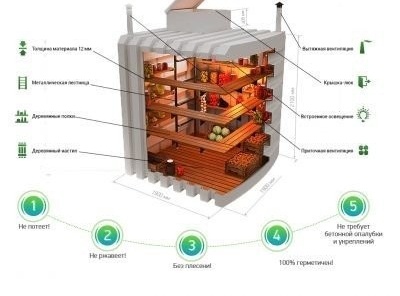
The cellar box is a completely sealed dry chamber located in the ground, with a special entrance hole
Proper design and construction of supply and exhaust ventilation of the cellar will create favorable conditions for the long-term storage of vegetables, fruits and preserves. Reliable ventilation in the underground storage will protect against the accumulation of gases, the appearance of dampness and mold.
